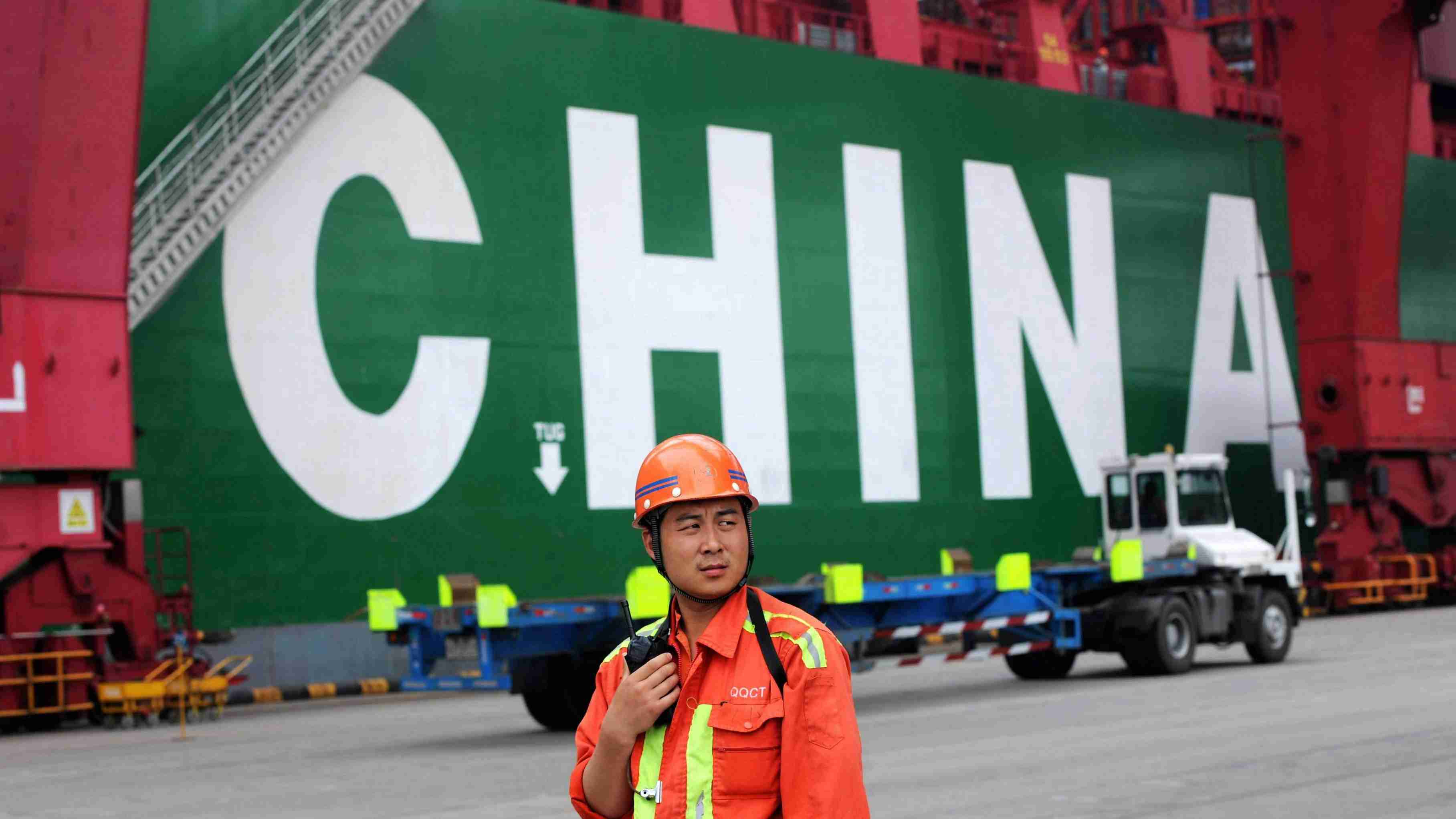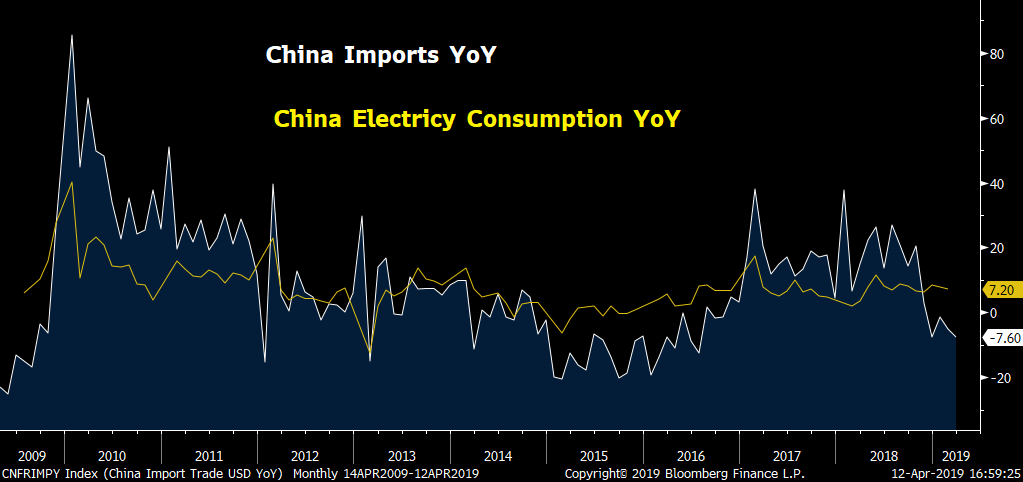
Economy
10:07, 13-Apr-2019
Surging China's exports to EU eases global recession fears
Jimmy Zhu

Editor's Note: Jimmy Zhu is a chief strategist at Fullerton Markets. The article reflects the author's opinion, and not necessarily the views of CGTN.
Growth stagnation in Europe is one of the recent main reasons that many financial institutions have been adding their concerns on the global economy. China's exports figure in March may ease some worries as its shipment growth to EU surged to the fastest pace since a year ago.
The exports growth in March gained by 14.2 percent on a year-on-year basis in dollar term is the highest since October last year. Spread between U.S. two-year and 10-year government bonds yield widened 3 bps to 16 bps after the release of China's trade and credit data, a sign that some of the global recession fears been easing as supportive policies in China will continue buoying activities overseas.
Separate data on the same day showed that funding conditions in China have been largely improved, boosting confidence among private sectors.
Sharp rises in both loans data and money supply indicate that monetary policies have started working. Aggregate financing reached 2.86 trillion yuan last month, compared with about 700 billion yuan in February, while banks' new yuan loans at 1.69 trillion yuan. M2 money supply increased sharply by 8.6 percent.
Still, China's imports contracted for the fourth consecutive months, less buying from overseas for a sustained period may serve as a reliable indicator that domestic demand remains soft.
Acceleration in China's March exports growth with a faster pace of contraction in imports painted the opposite direction of what earlier PMI data suggested. Contradiction in two sets of the data could be largely due to improving sentiment in the domestic stock market and easier credit conditions.
Earlier March manufacturing PMI new orders climbed to 51.6 from 50.6 in February, and its new export index remained well-below 50 at 47.1 for this month.
Both of the PMI sub-indices are considered as a leading indicator, hence the contradiction between the PMI and trade data is likely to further cause a contentious topic that whether the economy is approaching the bottom, and current market consensus on this is evenly divided.
Compare another high-frequency economic indicator with PMI and trade data may offer some clues.
China electricity consumption is another indicator to reflect the domestic demand, and the growth of this has yet to represent a visible rebound since the beginning of 2019.
A chart below shows that its imports and electricity consumption have been moving in tandem over a long period of time. Correlation between China imports growth and its electricity consumption at 0.76 in the past 10 years, much higher than the one between new export orders and electricity consumption at 0.55 in this period. It may prove that the imports data may better reflect the domestic demand condition at this moment.

Source: Bloomberg
Source: Bloomberg
Based on the survey among enterprises, the PMI data is unavoidably influenced by their current sentiment on future outlook. When the Shanghai composite index surged by nearly 30 percent so far this year, some business owners' confidence in the future economy tends to be more optimistic, even if their improving sales orders have yet to materialize.
Thus, the result of the PMI figures may overshoot the actual business condition when recent policies have become more growth-oriented such as tax cuts and supportive measures for private firms.
A similar example also can be found last year. China export orders PMI index dropped 3.2 in the second half of 2018, from 49.8 in June to 46.6 in December.
Analysts were busy calculating the China-U.S. trade tension's impact on the real economy, however, China's exports data held largely steady in this period with an average 8.2-percent growth.
Some people argue that the steady exports figure was largely due to the front-loading activities as exporters were worried that the U.S. slashed a higher tariff, but data showed that Chinese exports to various destinations, such as U.S., EU and some ASEAN countries were pretty much in same paces.
After all, the economic data in China may support the global stocks market in the near run. However, a firmer recovery remains unknown at this stage and rising data is not likely to point to a policy shift from the current pro-growth stance.

SITEMAP
Copyright © 2018 CGTN. Beijing ICP prepared NO.16065310-3
Copyright © 2018 CGTN. Beijing ICP prepared NO.16065310-3